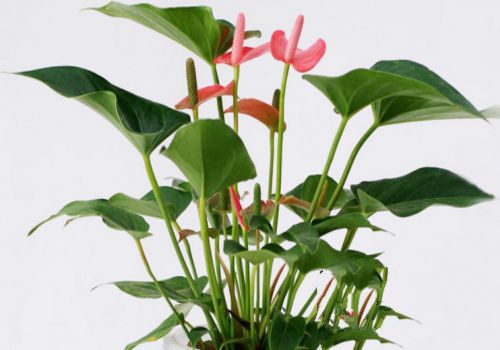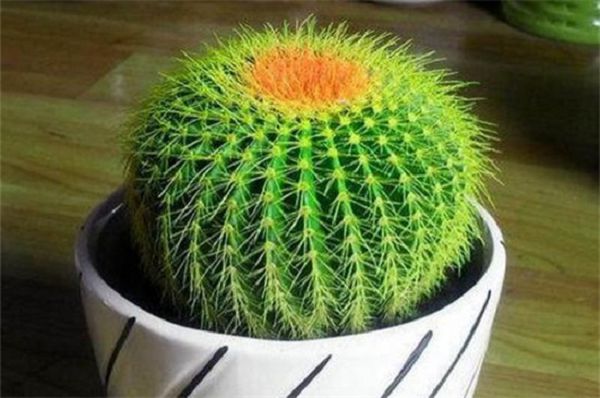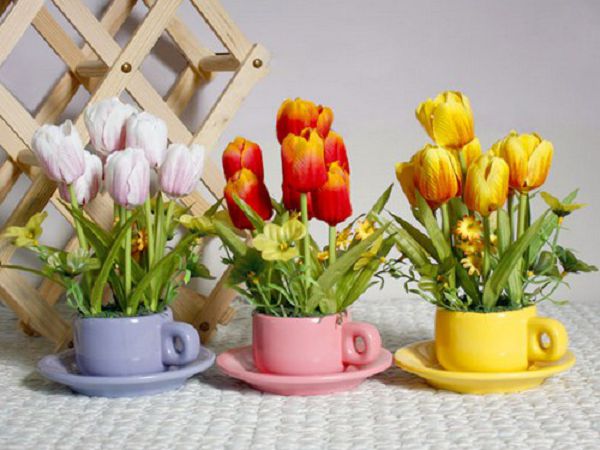Methods of hydroponic flower culture

Hydroponic flower culture is a very popular way of breeding now, so do you know how to cultivate hydroponic flowers? Now I would like to introduce to you.
Selection of types of flowers:
Not all flowers can be hydroponically cultivated. Here are some flowers that I have summed up according to my own practical experience, such as hydroponic flowers, parasol grass, plain sailing, emerald, Guangdong evergreen, taro, green apple, rich bamboo, Phnom Penh bamboo and so on.
1. Choose the appliance. According to the specific conditions of the variety, shape, specification and color of the plant materials you want to carry out flower hydroponics, choose substitute bottles, pots, vats, and other instruments that can complement each other and complement each other. Purchase or process self-made according to the aforementioned principles for the selection of hydroponic appliances, so that they can be used appropriately and elegantly, and must not be brought casually or misused. So as not to affect the image of hydroponic flowers and the beauty of interior decoration, so as to achieve unity and harmony between utensils and flowers and the living environment, so as to achieve a more ideal ornamental effect.
2. Remove the soil and wash the roots. The indoor flower hydroponic culture technology described here mainly refers to the technology of changing soil cultivation to hydroponic culture, so it is necessary to do a good job of removing soil and washing roots. As we all know, soil cultivation is organic nutrition, but after changing to hydroponic culture, it is completely changed to inorganic nutrition cultivation, and the organic matter attached to the soil and roots should be strictly cleaned so as not to affect the normal growth of hydroponic flowers and the infection of diseases and insect pests.
The method of washing the roots is as follows: dig out the selected flower plants from the soil or gently pour them out from the flowerpot, first gently lift the branches with the right hand, gently support the root system with the left hand, change the right hand to gently shake, and slowly pat, so that the root soil falls off and reveals all the roots. Then soak in water for 15-20 minutes, gently wash the root with hands, after 2-3 times of water cleaning, until the root is completely soil-free, the water for washing the root is clear and transparent and does not contain sediment. However, it should be noted that some flowers have hard roots and twisted joints, and a lot of soil is in the cracks, which can be dug out with bamboo sticks or sticks and screwdrivers if necessary. There must be no soil left, which is one of the important links in the success of hydroponics, and we must not be negligent.
After washing the soil, old roots, diseased roots and old leaves and yellow leaves can be cut off properly according to the growth of flower roots. Because the root of hydroponic flowers is also an important part of ornamental, the beauty of its shape should also be considered when arranging the root system. After pruning the roots and leaves, they should be washed again in clean water to wash away the residue of root hair left when they are cut, so as to avoid pollution caused by bringing them into hydroponic equipment.
3. Disinfect the root. After cleaning the flower roots, prepare 0. 1% potassium permanganate aqueous solution is placed in a plastic or enamel basin, and the amount of solution can be determined according to the number of flowers soaked, and several or more flowers can be soaked at a time, with the standard of submerging all roots. After soaking for 10-15 minutes, take out the flower plant solution, then wash it in clean water and plant it. Note that the root disinfection time should not be too long or too short, and the degree of potassium permanganate solution should not be too thick or too thin. In addition to using the balance scale, the appropriate ratio mainly depends on the empirical preparation and seeing the color of the solution {light fuchsia}.
4. Scientific planting. If it is a glass vase, if it is a glass vase, because the glass is thicker and has a certain weight, you can carefully put the root system of the flowers into the vase. In order to make the flowers stand upright, you can fix them with stones or pebbles around the mouth of the bottle. Pour it into the vase and then pour it into the body of 2x3 water. Pay attention to extending the root system. If you use a plastic vase, because of its light texture, it is difficult to support flower plants even if there is water, resulting in top-heavy and lodging. Therefore, before planting, the vase can be filled with a certain number of stone grains to increase the weight of the vase, and then the flowers can be implanted into the vase as before.
Next, let's take a look at the moisture requirements of flowers.
The water requirement varies greatly with different plant species, which is related to the different rainfall and distribution of different plant origin. Flowers are usually divided into four categories: xerophytic flowers, wet flowers, mesophytic flowers and aquatic flowers according to their different requirements for water.
(1) xerophytic flowers
Refers to the type of flowers that can endure drought for a long time and grow well. This kind of flowers are mostly found in desert areas with little rainfall and dry low grasslands. Xerophytic flowers have formed physiological and morphological characteristics adapted to drought in the process of phylogeny, such as smaller or degenerated into spiny, hairy or fleshy leaves, thickened cuticular layer of epidermis and sunken stomata, and leaves with hard and leathery texture, shiny or tomentose. The increase of cell sap concentration and osmotic pressure greatly reduces the transpiration of water in plants. At the same time, this kind of flowers generally have developed roots and increase their ability to resist drought. Such as cactus, crassulaceae, apricot, Euphorbiaceae and other succulent plants.
(2) Wet flowers
This kind of flowers are weak in drought tolerance, need to grow in wet environment, poor growth or die in drought or medium humidity environment. It is characterized by developed ventilatory tissue, low osmotic pressure, underdeveloped root system, weak structure for controlling transpiration, and thin and soft leaves. Such as some tropical orchids, ferns, pineapple family, Araceae, begonia, wet irises and other flowers.
(3) Middle-growing flowers
This kind of flowers is suitable to grow in a moderate dry and wet environment, and the water requirement is between xerophytic flowers and wet flowers. Some species prefer xerophyte characteristics and prefer neutral to dry environment, while some species prefer wet plant characteristics and prefer neutral and humid environment. The vast majority of open field flowers fall into this category.
(4) Aquatic flowers
Aquatic flowers are those that live in the water all the year round or live in the water for a certain period of time in their life cycle. All or most of the plants of aquatic flowers are immersed in water and generally cannot be separated from the wet environment. The root system is underdeveloped, the transport tissue is declining, the plant surface almost has the function of absorption, the mechanical tissue is weakened, and the cell osmotic pressure is very low, generally no more than 10 atmospheric pressure. Due to the weak light and less oxygen in the water, the submerged leaves of aquatic flowers are usually soft, small and thin, and some of them are split into lines to expand the contact surface with the outside world; in structure, there is no differentiation of palisade tissue and spongy tissue in the leaves. all parts of stems and leaves contain chloroplasts, and there is a large cell gap or well-developed ventilated tissue in the plant. It is usually divided into four categories: tall water flowers, floating leaf flowers, floating flowers and submerged flowers according to their different life style and form.
Related
- What if the leaves of potted flowers turn yellow?
- Florescence Control of several Flowers
- Anti-freezing technology and post-freezing nursing technology of flowers
- What is the classification of flowers? What are the common methods of flower classification?
- Prevention and control of alkali and acid damage of flowers in courtyard
- Technology of Anti-freezing and restoring growth of Flower seedlings in greenhouse and greenhouse
- How does flower fertilization not hurt the root? Fertilization technology of flowers
- Key points of disinfection in flower greenhouse
- Several pesticides that are banned or used cautiously in flowers
- How to fertilize the flowers that watch the leaves?



